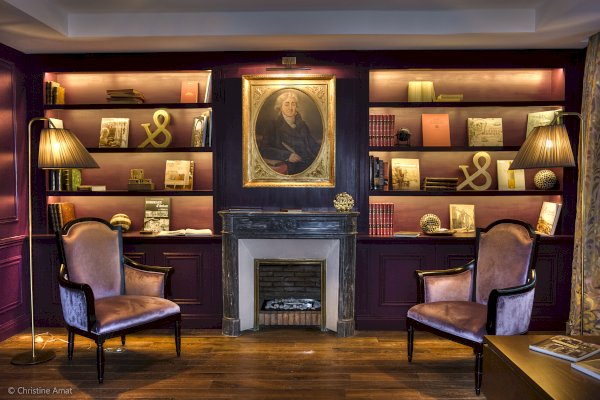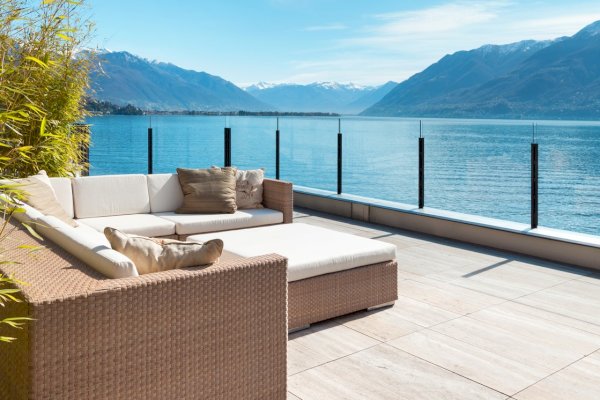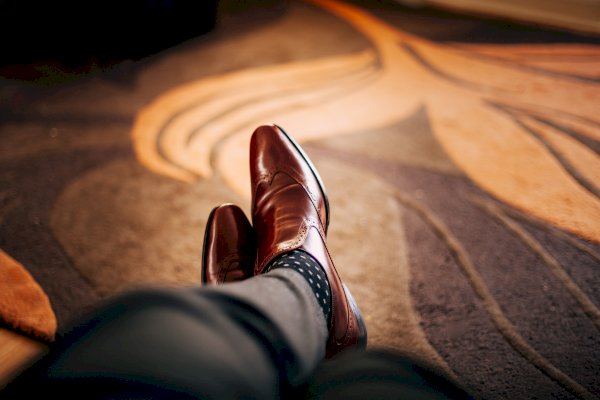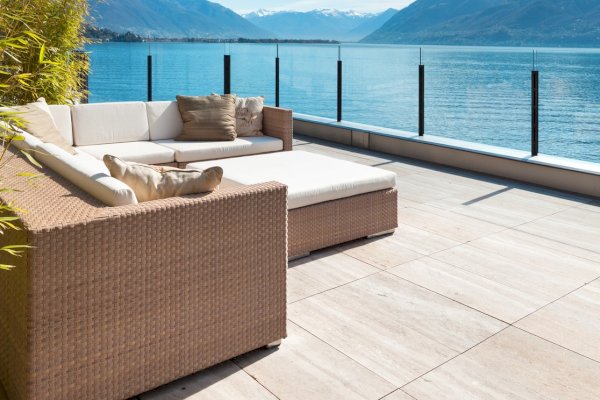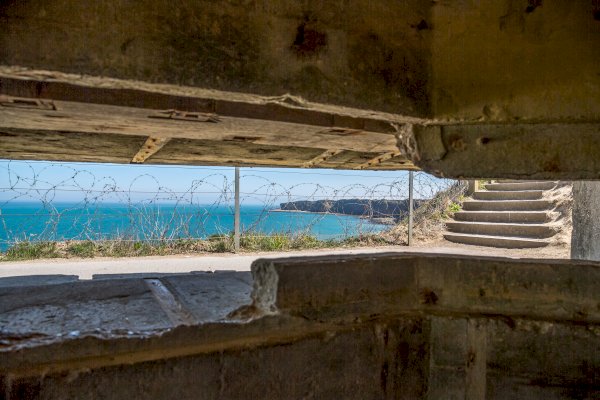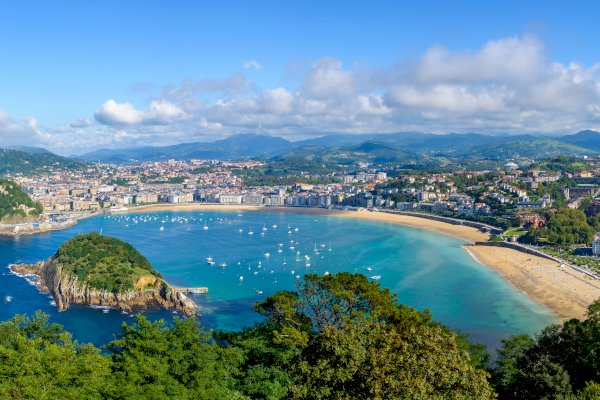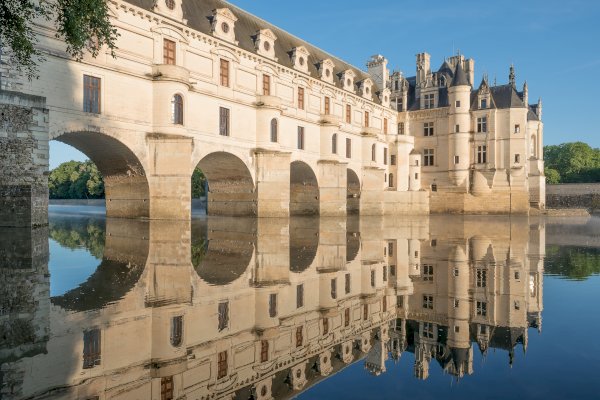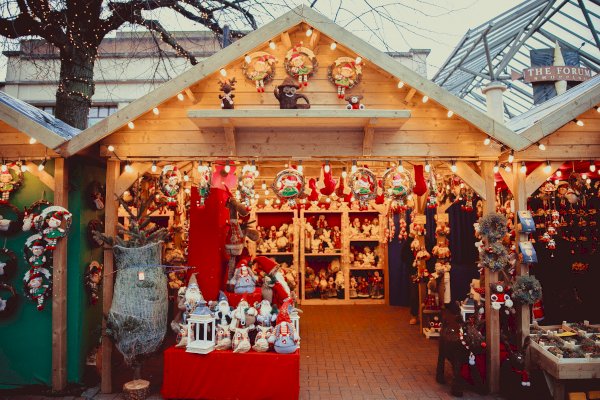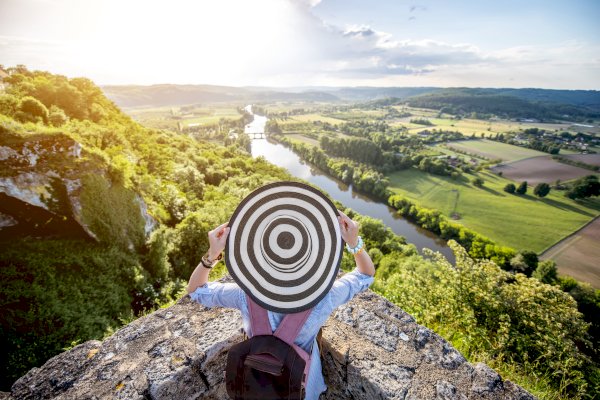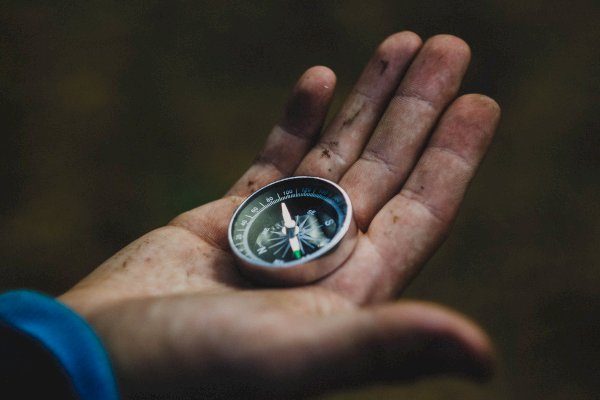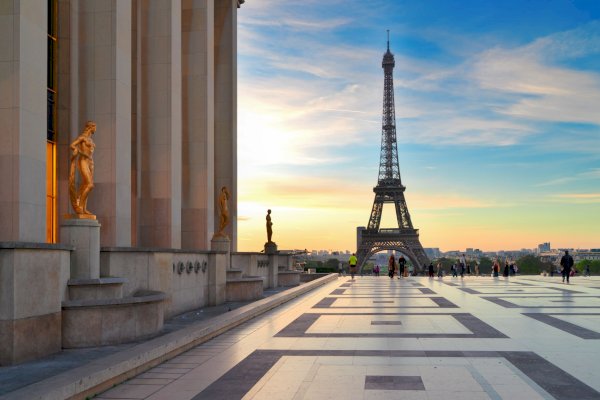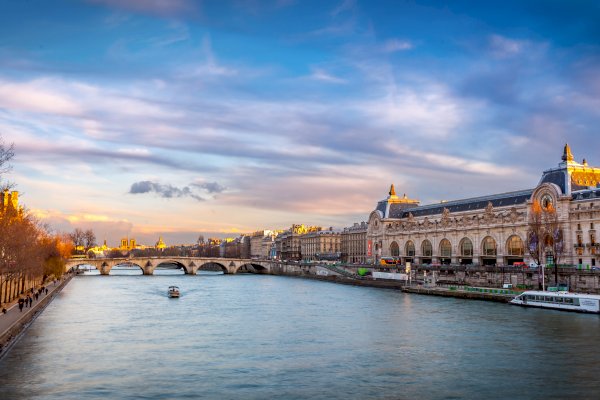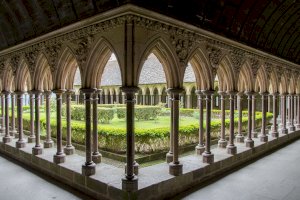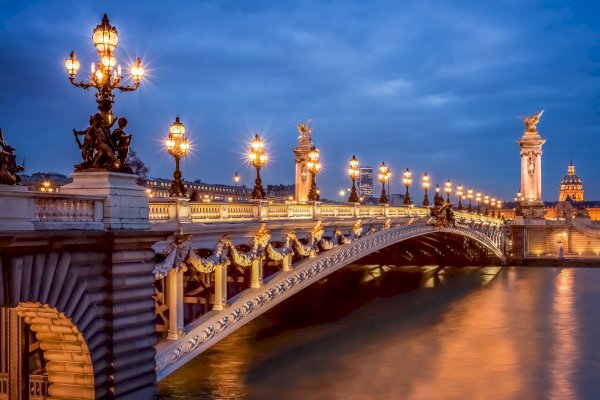
10 facts you probably didn't know about the Eiffel Tower
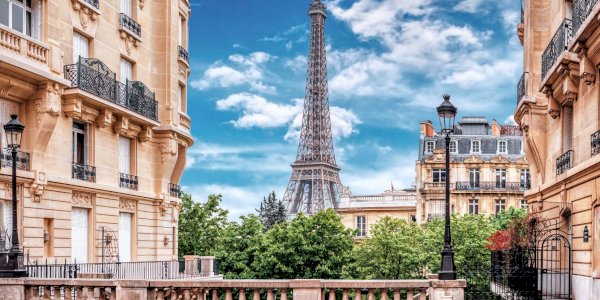
10 FACTS ABOUT THE EIFFEL TOWER IN PARIS, FRANCE
There are a lot of things that everyone knows about the Eiffel Tower, but there are even more things that many of us don't! Check out some lesser know facts about the Eiffel Tower below!
1. The Eiffel Tower was not meant to stay forever
It was originally intended to stand for 20 years before being dismantled. The tower was to be handed back to the City of Paris who owned the land where it was erected. Once the Universal Exhibition had passed, the tower attracted few visitors and the concession was to be terrminated in 1910. Gustave Eiffel knew that his tower needed some kind of justification if it was to stay, so at a very early stage he decided to put in place a laboratory at the top part of the tower.
However, salvation will come thanks to a new technical progress, wireless telegraphy that emerges in 1890's. In 1898, Eugène Ducretet is able to transmit a radio message in morse from the Eiffel Tower to the Panthéon located a few miles away. In 1899, transmissions are possible between Paris and London and by 1908 communications at a distance of 6000 kilometers (3700 miles) are possible.

2. Some parisians hated it
Although now a worldwide symbol of France, the very modern design of the Eiffel Tower inspired anything but love. A good example are the 300 Parisian artists and intellectuals who signed a manifesto to have it demolished. They called it “a gigantic black factory chimney”, "a truly tragic street lamp", "a belfry skeleton", "a hole-riddled suppository". Guy de Maupassant, the famous short-story writer, later said he'd been forced to leave France, the tower irritated him so much. Later, upon his return to France he would often dine in the restaurant of the 2nd floor of the tower to everyone's surprise. His answer, "this is the perfect place in Paris where not to see the Tower".
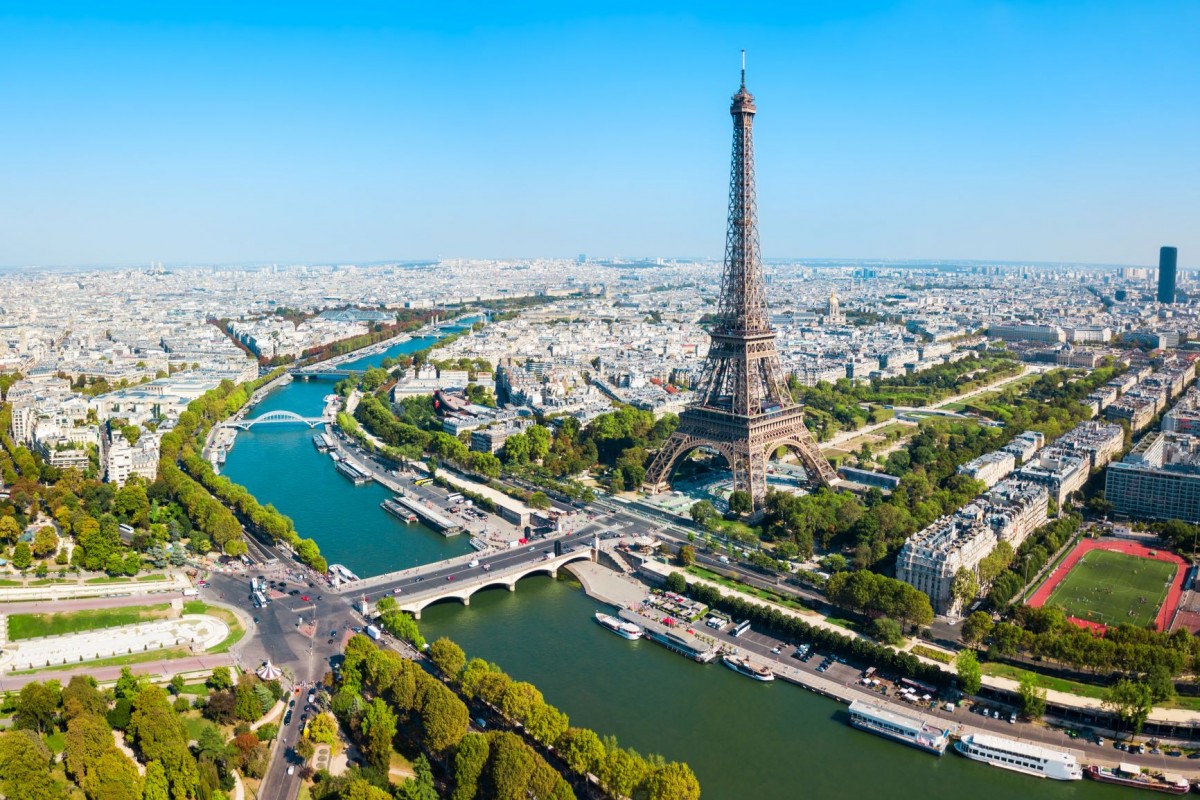
3. Every 7 years, the tower get's a new dress
Today the Eiffel Tower is painted a bronze brown but it has not always been that color. Originally red, it has also been painted yellow or blue. On average the tower is repainted every seven years, with 25 craftsmen using brushes only (no spray guns) working for eighteen months. They use 60 tons of paint each time- the weight of 10 elephants! It is estimated that about 15 tons of paint will be eroded by the weather before the whole thing is stripped back to the metal and repainted again.
This year, to celebrate it's 20th paint job and the comming 2024 summer Olympics, the Eiffel Tower will be painted in its original yellow-brown color with a slight lean towards gold. The renovation began in 2019 should be finished by 2022, in time for the Paris Olympics.

4. During the First World War, the Eiffel Tower played an important role
In 1914, during the Battle of the Marne, the Tower’s radiotelegraphic station learnt that General Von Marwitz, Commander of the right wing of the German Army, was having administrative problems and as a result was halting his advance. This crucial information enabled the French command to organize a victorious counterattack using Paris taxis to ferry troops to the front. Thanks to the Eiffel Tower’s station, important enemy radio telegrams were decrypted. Spies were exposed, among them Mata Hari.

5. How many lightbulbs does it take, to make the Eiffel Tower sparkle?
The hourly "light show" effects, which made their first appearance in 1999 to celebrate the new millennium, are the product of an astounding 20,000 lightbulbs. Each side of the tower has 5,000 of these special bulbs superimposed over the general lighting system, allowing for a magnificent, 360-degree sparkling effect. Amazingly, and despite their visual intensity, the "sparkler" lights consume very little energy: the city government invested in high-efficiency bulbs as part of its bid to reduce Paris' carbon footprint.
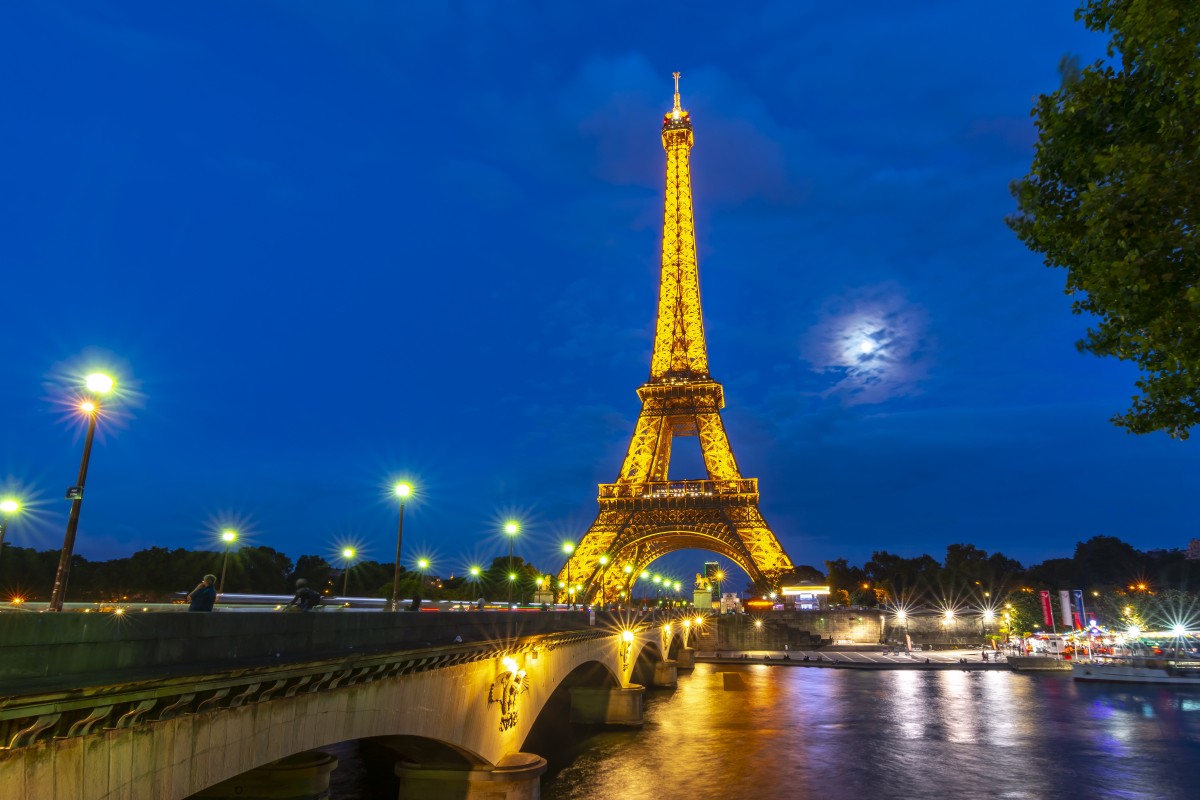
6. Upon its completion, who were the first visitors?
The tower was inaugurated on May 15th, 1889. From the very first week, although the lifts were not yet in service (they would be from the 26th May), almost 30,000 visitors climbed the monument using the staircase: a total of 1,710 steps to the top!. Some of the first visitors were the British Royal family and Buffalo Bill, who was touring France at that moment. It is still the most visited place in the world. As France’s symbol in the world, and the showcase of Paris, today it welcomes almost 7 million visitors a year (around 75% of whom are foreigners). Altogether, almost 300 million visitors have come from all over the planet to see it since its opening in 1889.

7. How much did it cost?
Construction of the Eiffel Tower cost 7,799,401.31 French gold francs in 1889, or about $1.5 million. If the Eiffel Tower was built today, it would cost around US$ 31 million. The Chamber of Commerce of Monza in Italy valued the Eiffel Tower at €434 billion in August 2012! This apparently makes it Europe’s most valuable commodity.

8. The man who sold the Eiffel Tower... twice!
In the 1920s, Victor Lustig, is a notorious conman living between France and the U.S.A. On the 25th of April 1925, the young bourgeois has just tricked a young entrepreneur into buying 7.000 tons of metal, those of the Eiffel Tower.
Due to the lack of visitors and high costs of maintenance, the monument is a financial disaster for the Paris City Hall as mentioned in a local newspaper of the times. When Victor Lustig reads the article, he strait away has the idea to sell the monument. After forging official documents, he invites 5 of the most important scrap dealers of Paris to a secret meeting at the expensive Crillon Hotel and reveals that the City of Paris wishes to sell the Eiffel Tower for scrap and that he represents the City to find the best buyer. André Poisson, the young entrepreneur, fell for the scam and not only did he pay for the monument but he also paid for a bribe to secure ownership of the tower.
Ashamed and embarrassed, André Poisson never informed the Police or anyone about the situation. Seeing that there was no news about what he had done, Victor Lustig, who had fled to Vienna, came back to Paris to try and pull off the scam once more. Again, he invited other dealers and thought he had pulled it off, having found one of them ready to buy the tower. Thankfully, this time the Police were informed of the scam and Victor Lustig fled to the U.S.A where he tried to scam Al Capone himself, but that's another story.

9. For how long was the Eiffel Tower the tallest monument in the world?
The Eiffel Tower became the world’s highest monument in 1889 with its 300 meters topping the Washington Monument (169 m). It kept this record for 42 years until the completion of the 319 meter-high Chrysler Building, in New York City in 1930.
In 2009, the Khalifa Dubai tower was completed at a height of 810 meters which is equivalent to 2 1/2 Eiffel Towers! An interesting note: the Eiffel Tower is now 6 meters higher than its former ‘rival’, the Chrysler Building, thanks to its new antennas!
10. The woman who married the Eiffel Tower
In 2004, Erika "Aya"Eiffel, born LaBrie, encountered the Eiffel tower for the first time and felt immediately attracted by the monument. She "married" the Eiffel Tower in a ceremony in 2007 as an advocate for object sexuality and took the name Eiffel. An accomplished Gold medal winning archer, she claims that her object relationships helped her to become a world-class archer. Recently, the life of Erika Eiffel inspired the movie Jumbo in which actrice Noémie Merlant develops deep feelings for her local park's illuminated ride.

Yearning to see the real thing in Paris? This is a one in a lifetime-experience!
On our Private Paris Sightseeing tour, we see the Eiffel Tower, as well as other famous and magnificent Paris landmarks.
Or, for an unforgettable experience, book our ‘Paris Romantic Luxury Experience’ for 2 including a Romantic Dining Experience, a private luxury cruise on the River Seine and a Paris Illuminations scenic tour, to see the sparkles on our Tour Eiffel!
Article written by Florence, tour guide in Alsace, Burgundy, Paris

Secured payments

easy cancellation

 Please wait
Please wait


